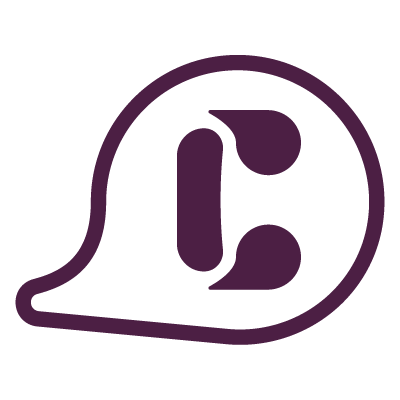UGA Indoor Practice Facility Audio
The client needed to have localized and wireless control over the indoor athletic facility audio system in order to recreate the sounds of a live football game to help players prepare for distractions when playing at Sanford Stadium. Additionally, the client required that the interface system was optimized for hospitality events. I created touch panel access to audio zones within the field. Since the touch panels were mobile, this allowed for users to experience the audio distribution in real time.
The Process
Research
I toured the practice field with the client, discussing their daily needs, as well as the multi-functional purpose of the facility as an event space. I noted measurements for speaker locations and communicated with various users/coaches on their preferences for an optimal mobile interface. At this stage, it was defined that the mission-critical functionality for the project was audio zone control from anywhere in the facility. Concerns of public accessibility were discussed as well.
Collaborate
My team of engineers and I consulted on how to simplify the design as much as possible due to the need for rapidly shifting audio zone transfer, as well as how to ensure that this design also functioned for large scale events with isolated audio requirements. The real-time nature meant that latency could prove to be an issue, which was addressed with the addition of many wireless access points being installed throughout the facility, boosting and maintaining a strong wireless connection. User profiles for levels of access were established for accessibility management.
Iterate
Employing my sketches of the field and speaker locations, I created an interface layout that would scale and function effectively on different sizes of mobile touch panels, primarily focusing on a 10” Windows tablet PC. Administrative controls were added through backend button-press operations and the application of passcodes.
Demonstrate
After I developed a proposal, I met with the client and a user group to ensure it would work for their purposes. In this stage, I had the opportunity to target any design features that may interrupt the flow of quickly changing the audio source. Landmarks and textual indicators were added to establish orientation, as well as toggles and presets for common use cases.
Implement
I generated the file to be programmed and assisted with in-house testing. The client was provided with the new system, and they began a 90 day test period. The final product was used at a grand opening and several recruitment and professional events during the testing period with no reported issues.
Improve
I maintained bi-weekly check-ins with the client over the testing period to ensure that the system was optimized for their daily use after the grand opening event. Any considered upgrades for the future were documented.








